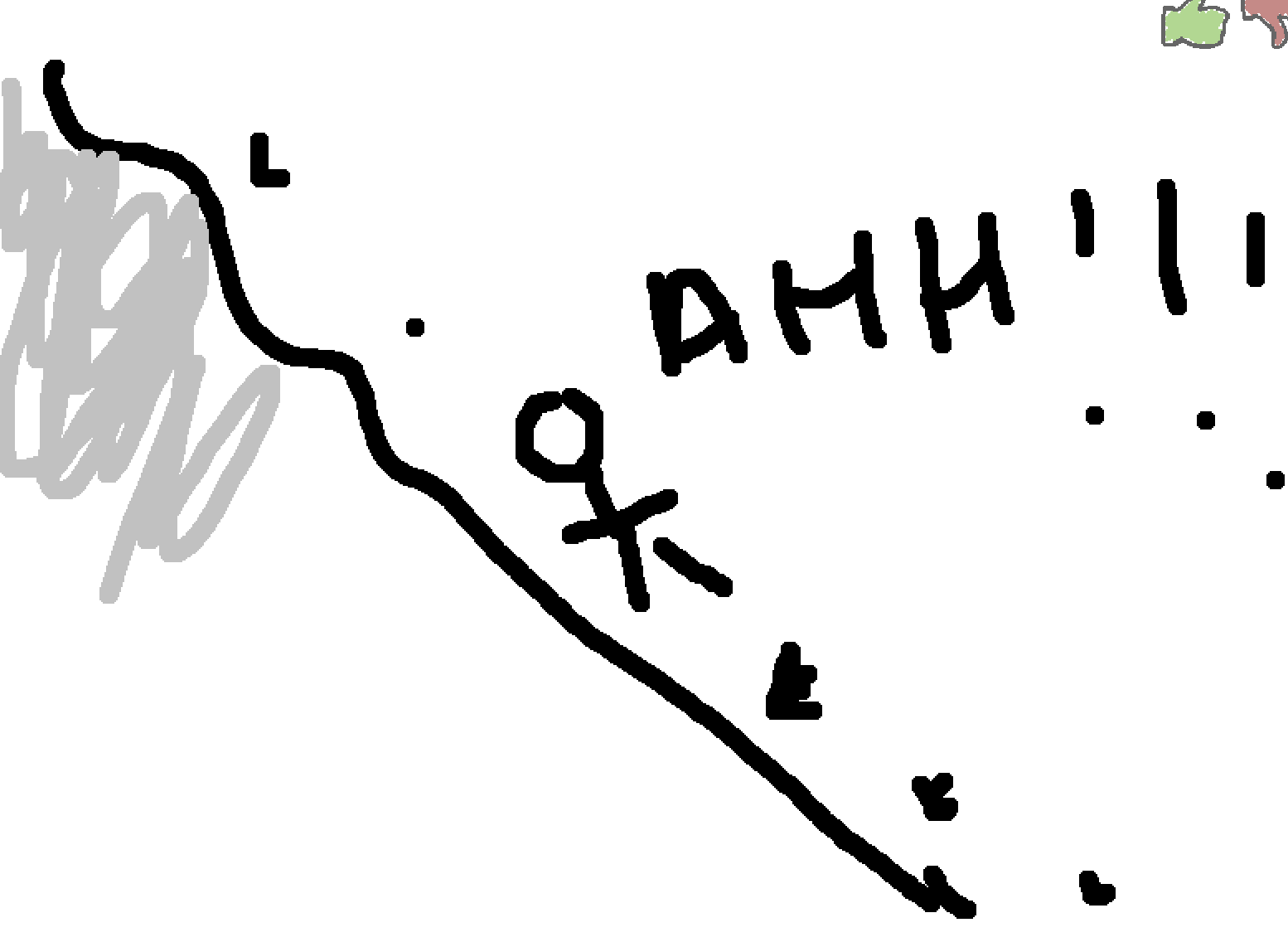Skribble.io is a multiplayer judging game created in 2017 by ticedev. The game can be played online through its website. As an online game, it appears to target friends, colleagues, and family members hoping to play game remotely. The themes on the game are PG, therefore I would imagine the age range of this audience includes both children and results. The primary objective of this game is to draw a picture based on a word that others have to guess. In this critical play, I argue that a skill-based mechanic and the blurred boundary of the magic circle contributes to the judging in skribble.io. Moreover, this version of judging can cause both mutually beneficial and antagonistic group dynamics over the course of the game.
The core mechanics of this are drawing and guessing what has been drawn. As a result, players enter the game on unequal artistic footing based on their prior artistic experiences. Someone who draws well is more likely to have someone guess their word than someone who draws poorly. However, this also leads to verbal comments on the quality of a player’s drawing. During my game play session, it was not uncommon for someone to say “What is that?!” and critique others drawings as a way to justify why they had not guessed the word yet. I recall my mother drawing this picture, and then stopping:

I told her I was going to need a bit more than that, then all she wrote was “Oh no!” which as you could imagine, did not help me get any closer to the word. Therefore, I continued to express that it was not sufficient enough (the word was collapse, in case you are curious). In a sense, the burden of a round felt like it was on the drawer, as they became the center of critique as opposed to the guesser. Consequently, in this game that had no explicit team structure still emerged group dynamics where those on the guessing side would collaboratively judge what was being drawn on their screens, effectively antagonizing the drawer.
This game also allows for the blurring of the magic circle. In other words, the real world does feel like it bleeds into the game and can give some players advantages over others. There are several ways in which this occurs. First, instead of drawing a word based on its face value definition, someone may create a drawing based on an inside joke or mutual knowledge. This disadvantages those without knowledge of the joke but is beneficial to those who can immediately identify it. Next, there is cultural bias in some of the words used as prompts. One example of this is that in one round, I was tasked with drawing the word firefly. I drew a really good one, in my opinion. The issue is that my parents and I are from New York, where mostly call them lightning bugs. Due to this regional difference in language, my mother guessing lightning bug technically was not wrong, but could not be counted as correct given the mechanic of the game that guesses had to be an exact match. Third, some of the prompts were culturally specific. My mom had no idea who Skrillex was and therefore could not draw him. However, what was clever is that the game provides drawers three options to choose from that range in level of difficulty. In all, these blurrings of the magic circle shape group dynamics by placing some players at a disadvantage based on real-world experiences. Furthermore, by placing some people on the “in” and other people on the “out,” it further contributes to players judging each other based on this.


